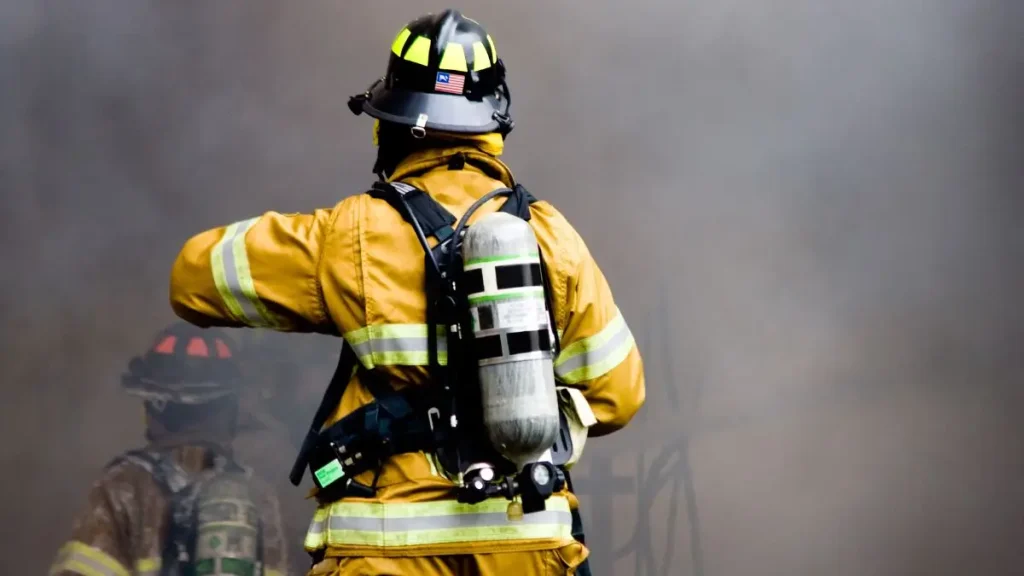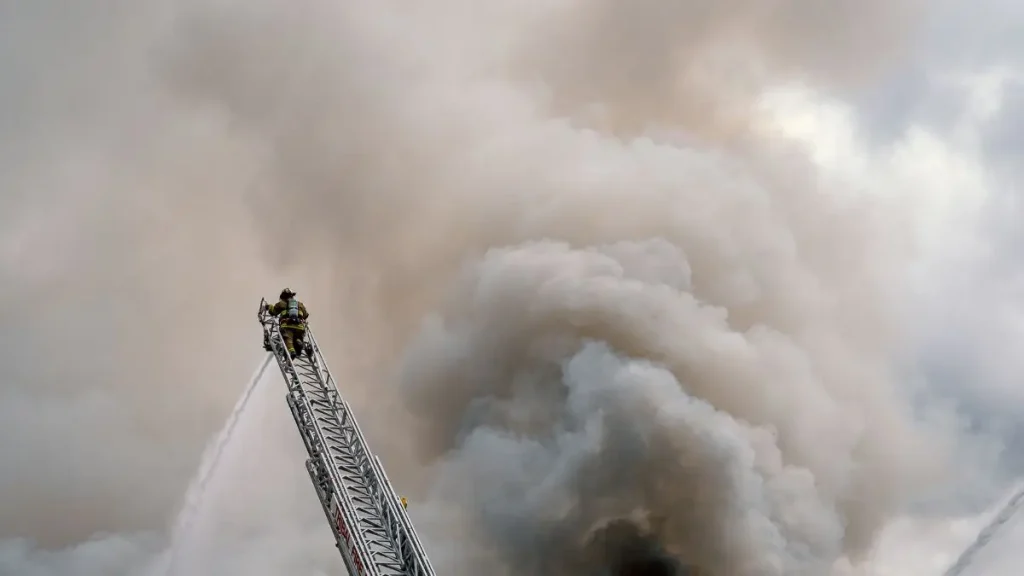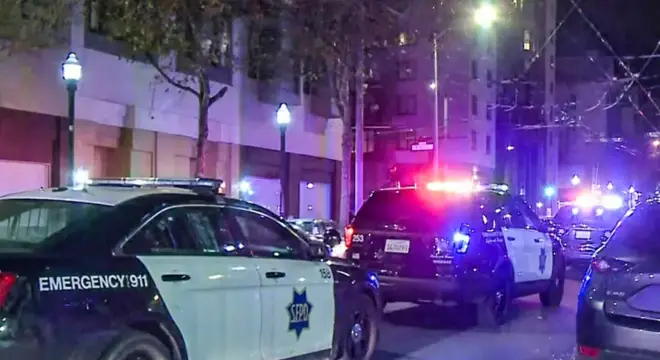Abandoned Home Catches Fire in Brownsville, Authorities Investigate
I still remember reading about that Monday evening in Brownsville—it was around 7 p.m. when flames erupted at an abandoned home on the 300 block of E. Jefferson Street. You can almost picture the scene: a quiet neighborhood suddenly lit by an orange glow, smoke curling into the sky. Firefighters rushed in, but the blaze didn’t just stop at the house—it also consumed a nearby storage shed.
Fortunately, no one was hurt, which is a relief, but the damage was significant. The home and shed were both badly affected, leaving neighbors shaken and curious about how something like this could happen in a usually calm area.
Even now, the cause of the fire hasn’t been determined, and that uncertainty adds to the tension you feel when you think about abandoned properties sitting vulnerable in your own community.
Official Statements from Fire Authorities

I reached out to the updates from Brownsville Fire Marshal Jose Luis Garcia, and his statements really paint the picture of how seriously authorities are taking this blaze.
According to Valley Central, the fire impacted not just the abandoned home but also a storage shed. Garcia emphasized that the damage was significant, though thankfully, no injuries were reported.
Reading his comments made me realize how much effort goes into investigating even small neighborhood fires. You get a sense of the fire marshal’s responsibility—not just putting out flames, but figuring out why it happened, to prevent the next one.
At this stage, the cause is still undetermined, which leaves both the authorities and the community on alert.
Understanding Abandoned Home Fires
Abandoned homes like the one on E. Jefferson Street aren’t just empty buildings—they can become ticking time bombs. I’ve seen this pattern before: squatting, vandalism, old wiring, and even careless trespassers can turn a quiet structure into a serious hazard. Fires in these properties often spread quickly because there’s nobody around to notice or respond immediately.
For you as a reader, it’s important to understand that this isn’t just “another fire story.” Abandoned homes pose a real threat to neighborhoods, from smoke hazards to property damage, and sometimes even to nearby residents.
Fires in abandoned or poorly maintained homes aren’t rare—similar to the Newark home fire that displaced 25 residents and left several injured, these incidents show how quickly flames can spread in unexpected places.
In cases like the San Antonio home hit by an electrical fire, investigators meticulously trace the source of the blaze to determine whether it was accidental, which is a similar process likely being followed for the Brownsville incident.
Seeing this from a bigger picture perspective helps us appreciate why local fire departments emphasize vigilance and community reporting.
Investigation Process: How Fire Causes Are Determined
Ever wonder what goes into a fire investigation? I did too, and it’s far more methodical than you might think. Fire marshals start by looking for obvious signs—arson, electrical faults, or accidental ignition. They collect evidence, interview witnesses, and sometimes even work with forensic experts. Every charred beam and melted wire tells a story.
In this case, the fire on E. Jefferson Street is still under investigation. That means we might not know exactly what caused it for weeks.
Just like the North Carolina group home damaged by a lightning strike, staying alert and securing vulnerable properties can prevent small issues from turning into major disasters.
For you, knowing this process gives confidence that the authorities aren’t just sweeping it under the rug—they’re piecing together the puzzle carefully, and every step is aimed at preventing similar incidents in the future.
Safety Tips for Communities Around Abandoned Properties

Reading about this fire made me think: what could neighbors do to reduce risk? First, keep an eye out for abandoned buildings in your area. Report any suspicious activity immediately—sometimes just a quick call can prevent disaster.
Communities can also work with city officials to ensure abandoned properties are secured, whether with fencing, board-ups, or patrols.
From a fire safety perspective, even small precautions—like clearing brush near vacant properties or installing security cameras—can make a huge difference. You don’t have to be a firefighter to protect your neighborhood, but staying aware and proactive helps everyone.
Many neighbors find it useful to stay updated through local community channels—some even share real-time alerts about vacant properties or fire hazards via WhatsApp groups, which can help you act quickly if something seems off.
Key Takeaways and Staying Vigilant
Looking back at the fire on E. Jefferson Street, a few things stand out. First, abandoned homes are more than eyesores—they’re serious safety hazards. Second, even when no one is hurt, the damage can be significant, affecting both property and the sense of security in the neighborhood. And finally, the investigation is still ongoing, which reminds us that understanding the cause is crucial to preventing future incidents.
For you, the takeaway is simple: stay alert. Keep an eye on vacant properties near you, report suspicious activity, and talk to neighbors about safety measures. Even small actions can make a real difference.
I’d love to hear from you—have you ever noticed abandoned homes in your area, and what steps do you think communities should take to prevent incidents like this? Share your thoughts, because safety works best when we’re all involved.
For more stories on home safety, fire incidents, and local hazards, visit our Home Incidents Category and stay informed.
Disclaimer: The information in this article is based on official reports and local news sources at the time of writing. Details may change as the investigation progresses. Readers should verify facts independently and follow guidance from local authorities.


